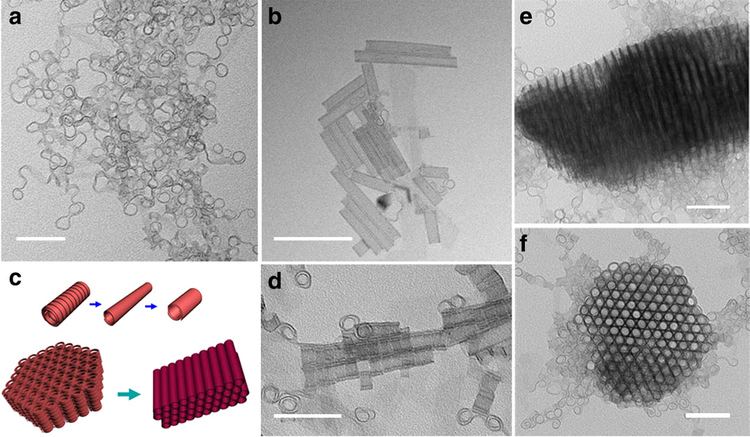Formula In2S3 Melting point 1,050 °C Appearance red powder | Molar mass 325.82 g/mol Density 4.9 g/cm³ | |
 | ||
Indium(III) sulfide is the inorganic compound with the formula In2S3. Three different structures ("polymorphs") are known: yellow, α-In2S3 has a defect cubic structure, red β-In2S3 has a defect spinel, tetragonal, structure, and γ-In2S3 has a layered structure. The red, β, form is considered to be the most stable form at room temperature, although the yellow form may be present depending on the method of production. Like related covalent solids, In2S3 is insoluble in all solvents. It is attacked by acids and by sulfide. It is slightly soluble in Na2S.
Contents
Indium sulfide was the first indium compound ever described, being reported in 1863. Reich and Richter determined the existence of indium as a new element from the sulfide precipitate.
Structure and properties
In2S3 features tetrahedral In(III) centers linked to four sulfido ligands. β-In2S3 is a diamagnetic, n-type semiconductor with an optical band gap of 2.1 eV. It has been proposed to replace the hazardous cadmium sulfide, CdS, as a buffer layer in solar cells.
Production
Indium sulfide is usually prepared by direct combination of the elements. Production from volatile complexes of indium and sulfur, for example dithiocarbamates (e.g. Et2InIIIS2CNEt2), has been explored for vapor deposition techniques.
